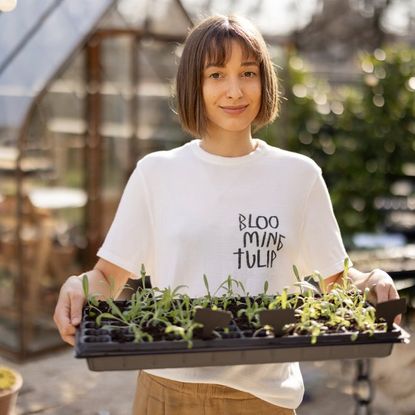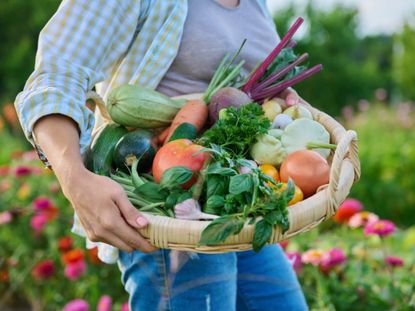Gardening Lifestyle
A gardening lifestyle is difficult to define, but for most avid gardeners, it means a fair share of hard work and struggle balanced with fruitful rewards. The lifestyle of a gardener is a life spent in cooperation with nature. What does a gardening lifestyle mean to you? The articles below provide a wealth of information on various aspects of the gardening in general.
Gardening Lifestyle
-
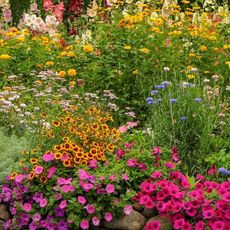
Chaos Gardening: How To Try The Wild New Gardening Trend
Chaos gardening is a fun hobby that’s natural and beneficial for lazy gardeners, insects and wildlife.
By Bonnie L. Grant
-
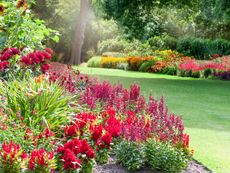
15 Garden Trends To Avoid in 2024: Experts Warn Against These Outdated Designs
Garden trends come and go. We asked gardening experts to share the outdated trends that should be retired – and what you can do instead.
By Melanie Griffiths
-

Friluftsliv: How To Try The Norwegian Outdoor Lifestyle
Friluftsliv is the Norwegian word for the daily commitment of getting out into nature regardless of the weather.
By Teo Spengler
-
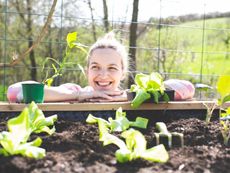
How To Reap The Benefits Of Gardening For Mental Health
Mental health gardening is a real thing. Gardening and good mental health seem to go hand in hand.
By Bonnie L. Grant
-

10 Thanksgiving Table Decor Ideas – Using Garden Flowers, Foliage, and Fruit
Use flowers, foliage, and fruit from your garden to create Thanksgiving table decor ideas that will set the scene for a natural celebration.
By Melanie Griffiths
-
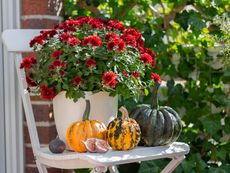
Best Plants To Gift At Thanksgiving – 10 Symbolic And Impactful Ideas
Send a message with a symbolic plant, or give an impactful present – these best plants to gift at Thanksgiving will bring joy for months.
By Melanie Griffiths
-
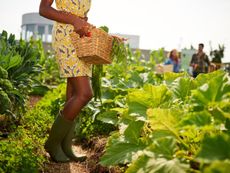
Community Gardening for Everyone
Meet community gardeners across the U.S. and Canada making a huge difference in their communities. Plus, apply for a garden sponsorship today!
By Gardening Know How
-
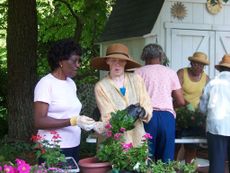
Gardening With Friends: Garden Clubs And Plant Societies
Along with seeking out great gardening websites to gain experience with your gardening, seek out local societies or clubs as well. Get started learning more about gardening clubs in this article.
By Stan V. Griep
-

Gardening RDA: How Much Time In The Garden Should You Spend
Most gardeners would agree that the process of growing a garden can positively influence both mental and physical health. But just how much time in the garden must one spend to reap these benefits? Click here to learn more about our gardening recommended daily allowance.
By Tonya Barnett
-

Grateful Gardening: How To Show Garden Gratitude
What is garden gratitude? For more information and to get started with your own grateful gardening, click the following article.
By Mary H. Dyer
-
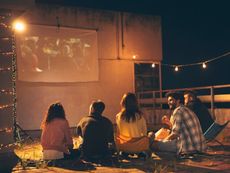
Watching Football In The Backyard – Hosting A Super Bowl Party In Your Garden
For something a little different this year why not throw an outdoor football viewing party for the Super Bowl?
By Mary Ellen Ellis
-

Meditative Gardening: Can Gardening Be Used For Meditation
Meditative gardening can be an enlightening experience, allowing growers to explore the soil, as well as their inner selves. Learn more here.
By Tonya Barnett
-
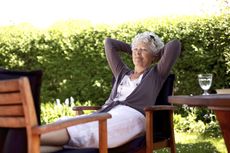
Gardening And Working Life – How To Balance Work And A Garden
If you'd love to have a garden, but you think you have no time for gardening because of your hectic work schedule, the answer may lie in designing a low-maintenance garden. Learn how to balance work and a garden in this article.
By Victoria Blackstone
-
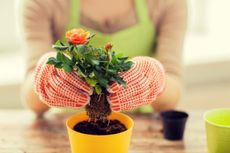
Gardening with Lymphedema – Gardening Tips To Prevent Lymphedema
Gardening is an activity enjoyed by all kinds of people, from the very young to their eldest elders. It doesn?t discriminate, even if you?re at risk for lymphedema. Instead of giving up your garden, consider ways to avoid triggering lymphedema symptoms. Learn more here.
By Kristi Waterworth
-
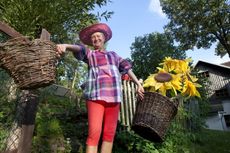
Gardening During Radiation Therapy – Can I Garden While Doing Chemo
If you are being treated for cancer, staying as active as possible may benefit your physical and mental health. And spending time outdoors while you garden can lift your spirits. But is gardening during chemotherapy safe? Find out more in this article.
By Ilana Goldowitz Jimenez
-
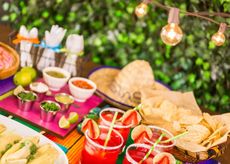
Garden Party Ideas: A Guide To Throwing A Backyard Party People Will Love
There's pretty much nothing more enjoyable than an outdoor summer party. With good food, good company, and a green, peaceful setting, it just can't be beaten. If you're fortunate enough to have a spot to host, you can find some garden party tips here.
By Liz Baessler
-

What Is A Master Gardener: Learn About Master Gardener Training
So you say you want to become a master gardener? What is a master gardener and what steps must be taken to achieve that goal? The tips and information found in this article will answer these questions and help get you started. Click here for more info.
By Bonnie L. Grant
